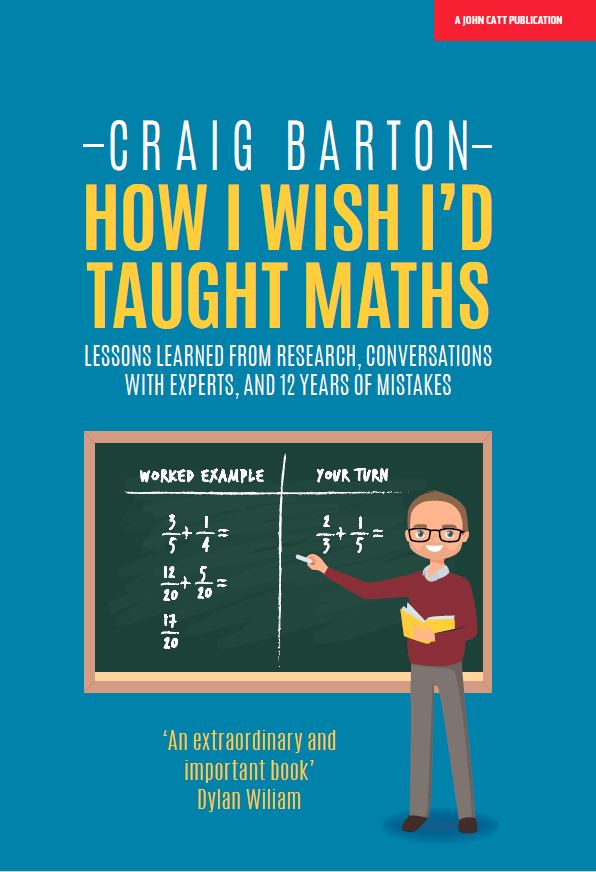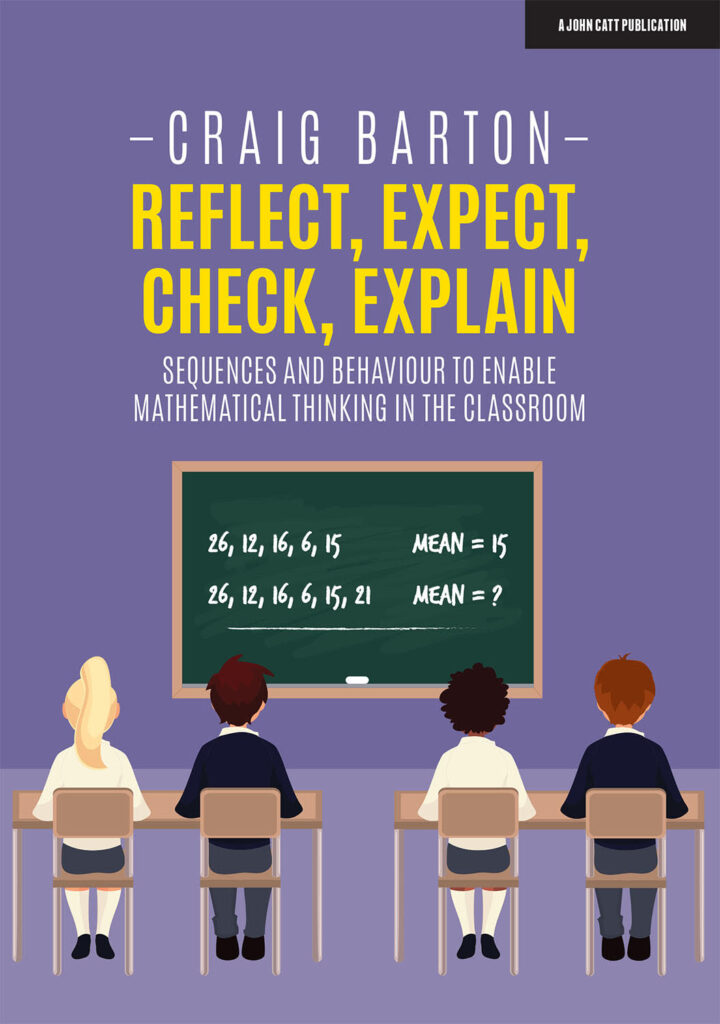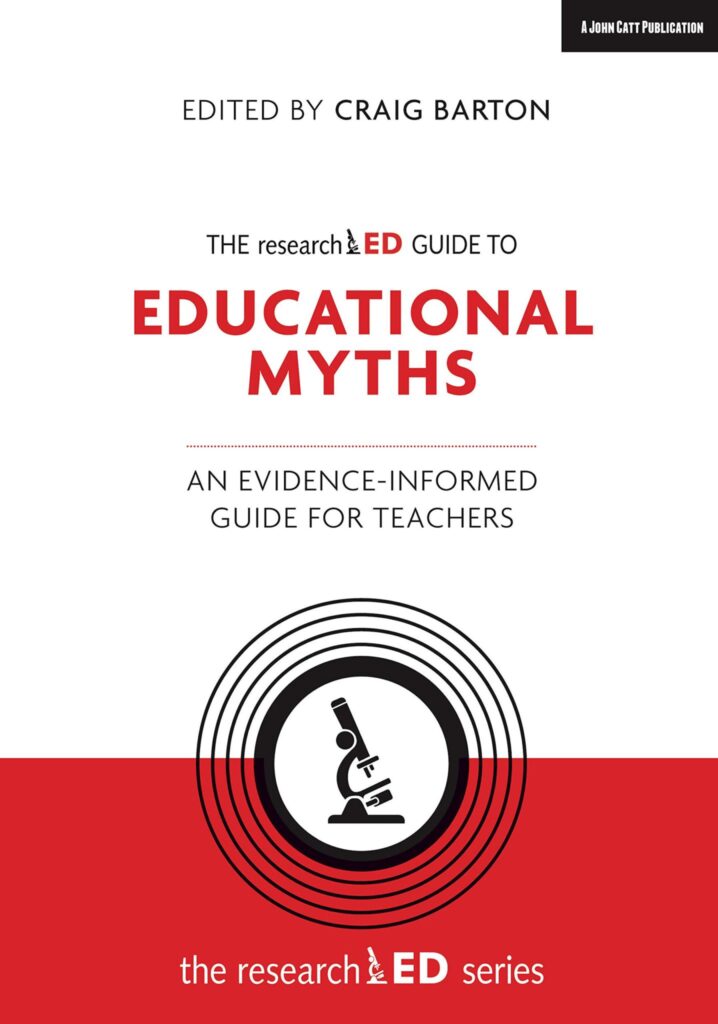Summary
This YouTube transcript discusses the “tick trick,” a method for improving classroom assessment of multi-step problems. The technique involves checking students’ work line by line, using ticks to indicate correct steps and prompting corrections for incorrect ones. This approach enhances understanding by focusing on the process rather than just the final answer, and is particularly helpful with mini-whiteboard activities. The speaker, influenced by another educator’s work, integrates the tick trick with a “we do, you do” teaching strategy. The overall aim is to boost student engagement and accountability.
What are the implications for teachers?
The “tick trick” has several implications for teachers, primarily focusing on enhancing student understanding and engagement during multi-step problem-solving. Here’s a breakdown of the implications:
- Improved focus on process, not just the final answer: The tick trick shifts the emphasis from just getting the final answer correct to understanding each step in the process. This is crucial in subjects like mathematics, where the method is as important as the result. Instead of just looking at the final answer on mini whiteboards, teachers can use the tick trick to check for understanding at every stage of a problem.
- Increased student accountability: By having students compare their work line-by-line to a correct example and give themselves a “tick” for each correct step, they become more accountable for their own learning process. This encourages students to actively reflect on their own work and identify errors.
- More efficient error diagnosis: The tick trick allows students to pinpoint exactly where they went wrong in a multi-step problem. Instead of just seeing that their final answer is incorrect, they can see at which specific step their work deviated from the model. This helps both the teacher and student to address the specific issue rather than being stuck on figuring out where the error was made.
- Enhanced reflection and engagement: This method promotes a “reflection phase,” making students more invested in understanding their own problem-solving process. The teacher in the video notes that using this tick trick is a “game changer” because it makes students much more engaged during the reflection part of a lesson.
- Adaptable to different subjects: While the example in the source is expanding double brackets in math, the tick trick can be adapted to other subjects as well, such as checking for key vocabulary or steps in written answers. In subjects like psychology, a teacher could use a similar approach by highlighting key steps in a successful answer to give students a clear measure of their work.
- Incorporating “We Do” method more effectively: The teacher in the video explains that the tick trick can be implemented after a “we do” activity where a teacher models how to do a step-by-step process with the students and they copy the example, which helps students understand the correct approach and apply it more independently when they do their “you do” exercises.
- Increased participation and speed in class: The tick trick facilitates whole class participation. It also makes checking student work quick and efficient. The teacher in the video notes that this process allows them to check student understanding all the time.
In summary, the tick trick is a simple but powerful method for teachers to enhance student understanding and engagement when solving multi-step problems in a variety of subjects. The “tick trick” shifts the focus from the final answer to each individual step of the process, and it makes the teacher’s role in error diagnosis easier and more targeted.
Listen to the podcast
To listen to the full podcast of our discussion and access the show notes, please click here
View all of Ollie Lovell’s videos:
Click in the top-right corner of the image below to select your video!








